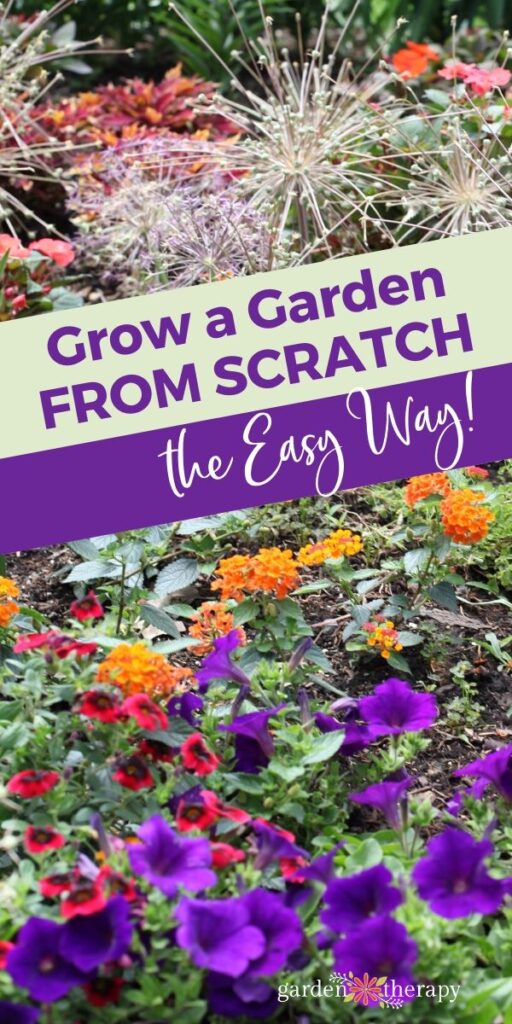From bare soil to a lush garden in just months, learn how to start a garden you LOVE without spending more than $25! This method can help you cultivate a lovely space you’ll enjoy for years to come.
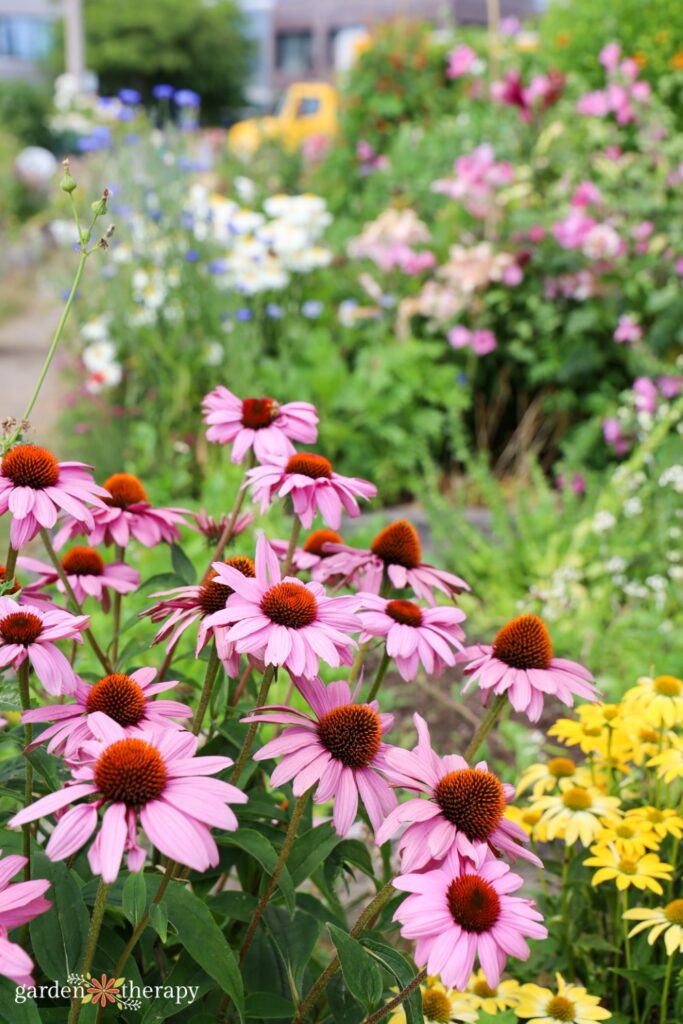
Across the alleyway from my last home, I had good friends—almost family—who had a beautiful garden. My lovely neighbours rented the house and didn’t have a huge budget to start a garden from scratch, so they devised a smart and frugal way to start an impressive garden without breaking the bank. And guess what? They did it in just a few months!
With this easy way to start a garden, they went from having an empty section of their backyard to a beautiful and plentiful garden within their first gardening season. They even continued to build it over the next 15 years.
That’s right, 15 years!
What started in one season became an incredible space full of lush plants, gorgeous flowers, and edible vegetables in the easiest way possible: by planting a seed.
This post will cover…


How To Start A Garden
There is no single correct way to start a garden.
I have certainly developed my own gardening style and techniques, some of which are a bit unconventional, I’ll admit. Likely because gardening was not a skill that was passed down to me. I’m a self-taught gardener who picked up bits and bobs from the other brilliant gardeners out there in the world.
One of my favourite ways to learn is to walk through the back alleys in my neighborhood and talk to people out in their yards gardening. When I watch and learn from other gardeners, even if they don’t speak a word of English, I’m adding generations of tried-and-true gardening advice from those who are successful at gardening.
I think about my neighbor’s garden design plan often and have used it to start my own garden beds successfully.
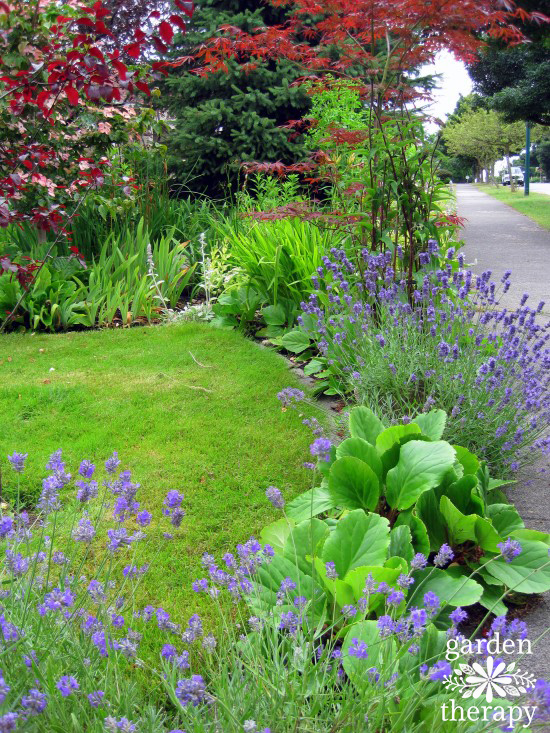

A Freestyle Garden Anyone Can Plant
After I discovered how easy it is to start a garden from scratch without hardly any education or knowledge, I just had to share it with you!
The concept is pretty simple.
Grab some packages of mixed seeds. You can budget whatever you need to for the seeds but it shouldn’t cost you more than $20 (especially when you can get 500 mixed seeds for just $10).
Choose perennials and annuals, wildflowers and edible plants, whatever you think will be a good mix for your space. You prep the soil, scatter the seeds, and then watch the garden grow!
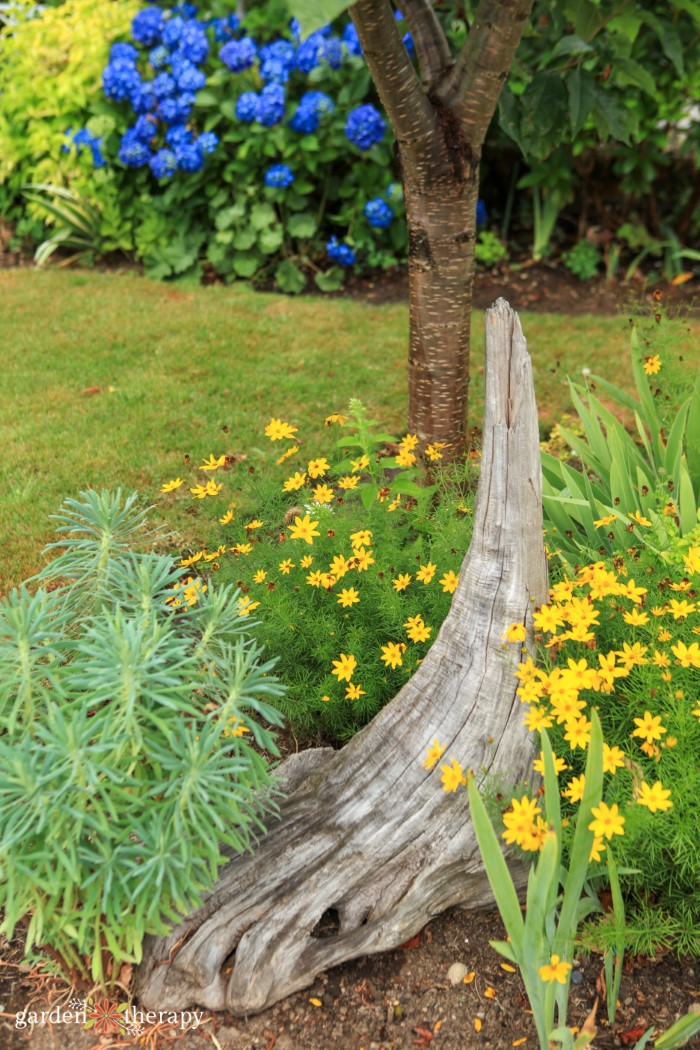

“But,” you say, “what about spacing and design and putting the tall plants at the back border?!”
Never fear friends, what begins as a haphazard sowing turns into a process of refinement. As you tend to your garden, you can remove or move plants, and you can add more too.
Over the first season you can work together with your garden, collaborate on what is working (or not working) for you both. And remember, you are the boss and have the final say. If something isn’t working for you, you get to compost it!
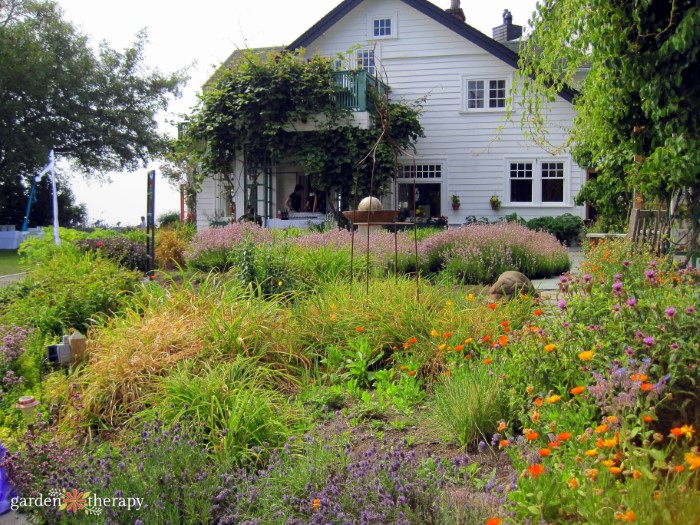

How To Start A Garden On A Budget
I’ll break it down into easy steps so you can learn and see how easy it is to start a garden completely from scratch.
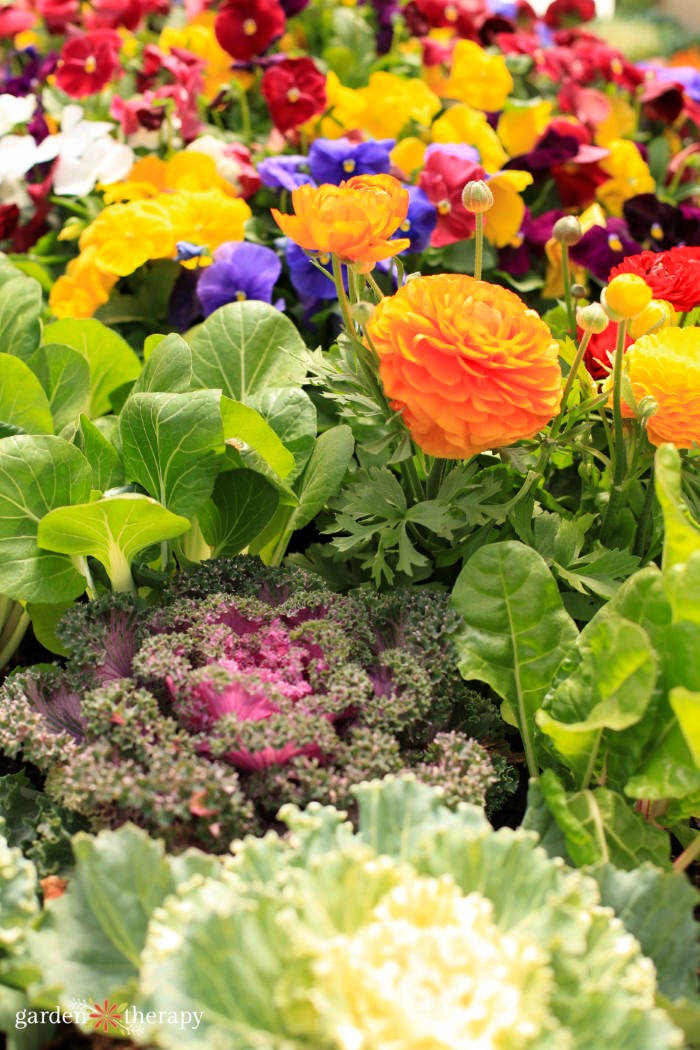

1. Pick the Seeds
The very first step is to pick out the best seeds you can while sticking to your budget.
You can handpick the seeds you want to grow or buy a mix of seeds created for a variety of garden types: cutting flowers, butterfly/bee/hummingbird mixes, wildflowers, perennials, etc. Here are some ideas:
My best advice is to get your seeds locally. Find a mix that is made for your area and ask the seller or store clerk if there are any invasive species in the mix, how long they take to germinate, and which ones will flower in the first year.
Look for seeds that suit your soil conditions (see how to do an at-home soil test here) and pick the right flowers for sun, part sun, or shade.
2. Prepare the Soil
After you pick out the perfect seeds, it’s time to prep your soil. Garden soil preparation is pretty simple!
Building great soil is essential to building a great garden. You don’t need to truck in a bunch of organic soil—you can find amendments right in your own backyard.
Add well-rotted compost to the garden bed and loosen the top 12-18” of soil. Mix the compost in well and leave the soil loose and fluffy.
If you aren’t composting yet, get started because you could be creating your own backyard gold! Read: A Compost Recipe to Demystify Composting.
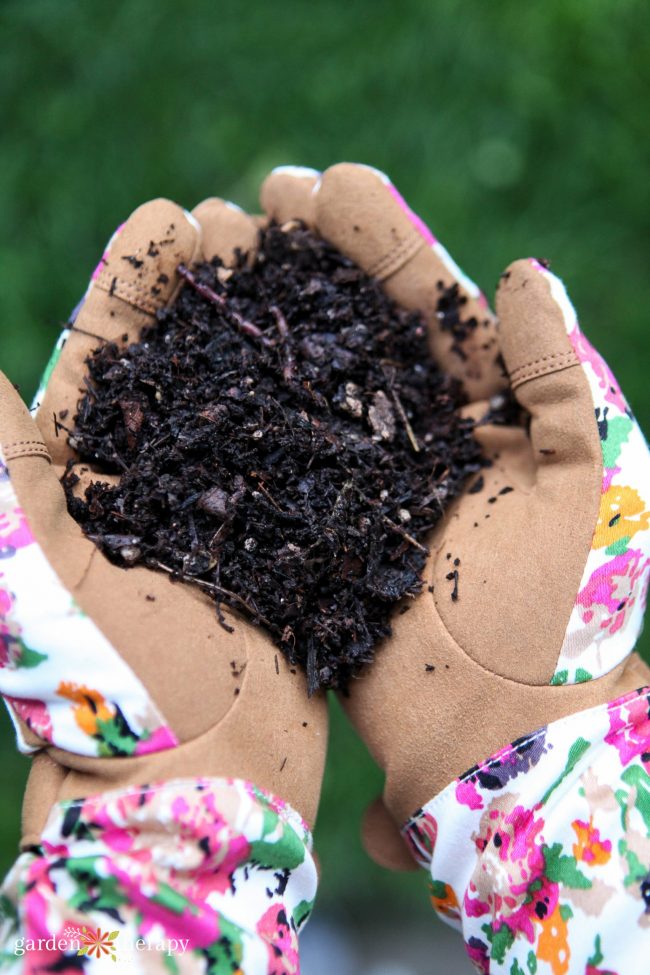

3. Plant the Seeds
Planting seeds in your garden is a lot easier than you might think.
Mix the seed packets together and scatter them liberally in the prepared bed. Cover with a thin layer of garden soil, and that’s it!
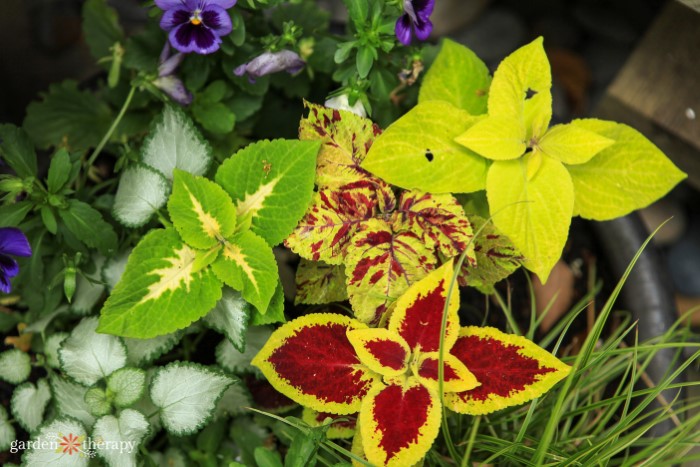

4. Water Well
Keep the garden bed well-watered as the seeds germinate and sprout. This garden should be damp in most cases, not drying out for days at a time. Your seeds and young plants need lots of water to get started, but soon, they will be able to last longer as they grow roots to reach the damp soil below. Read more in this article: Mindful Garden Watering: Balancing Water Use and Conservation.


5. Thin out the Garden
Dense planting like this will require thinning, but it is very easy to do.
As you see the seeds begin to sprout, make sure that they have room to spread out by pinching off those you don’t want. If you are a fairly new gardener, you may not know what the flower will be until it blooms.
Word of advice: Don’t be too hasty with thinning, as you want to give the many varieties a chance to grow and thrive.


6. Observe and Clean up
This planting method doesn’t come with a plan—you make it up as the garden grows! Observe what is growing and flowering and ask yourself what you like and what you could happily be rid of.
You should have enough flowers growing that you can simply pull up and compost those that don’t suit you. As you continue to go through the garden and making room by removing plants or flowers that you are not wanting, it will continue to produce more of what you love.
Over the years, you can choose what you like in the garden and propagate more of those plants using some of these methods:
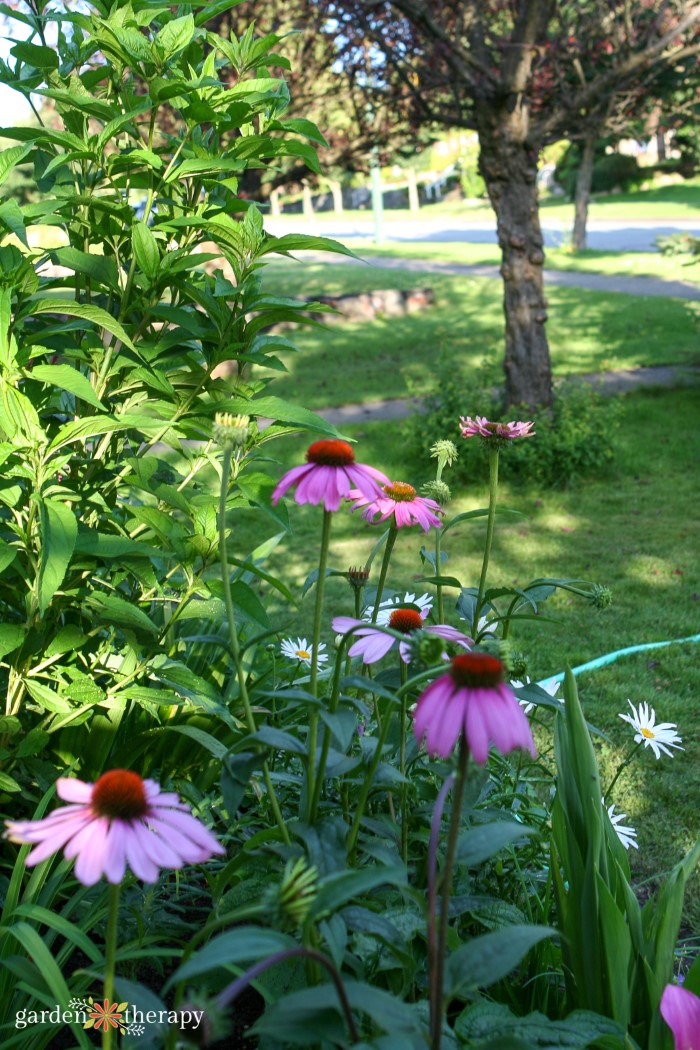

7. Harvest and Enjoy!
After you follow all of these steps and allowing a season or two of growth, you’ll have this beautiful and lush garden full of all the vegetables and flowers you dreamed of having. Now is the time to enjoy all your hard work!
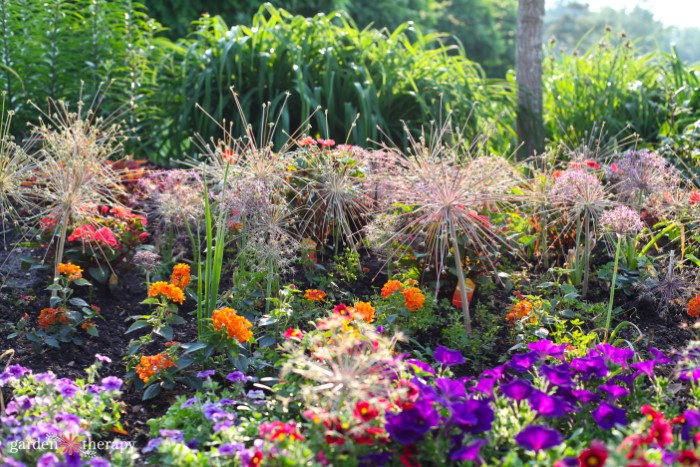

Starting a Garden FAQ
Weeds are going to appear in your garden no matter what. Personally, I’m a fan of weeds—they do a lot to revitalize bad soil and are often native plants that are great for the local ecology. I like to keep weeds out of my vegetable garden, but I will often let them do their own thing in my more wildscaped garden beds.
That being said, the best way to tackle weeds is to get a head start on them. Weed lots in the spring when the soil is moist and easy to pull weeds from. Commit yourself to weeding just fifteen minutes a week to keep on top of things, and don’t worry about getting every single weed.
The best time to start a garden is after your last frost date. Look up the average last frost date for your area and begin planting outside after that.
You can also start seeds indoors to get a head start on the season, but this does require a little more work than just directly sowing the seeds in the ground.
The biggest task you’ll have to do is water your garden. Perennials and drought-resistant plants will require less water than annuals. In the summer, many annuals will need frequent watering.
Many plants benefit from deadheading, which is removing the dead flowers to encourage the plant to grow more.
You can also apply fertilizer, especially if the plant is in a container or raised bed, to encourage blooming.
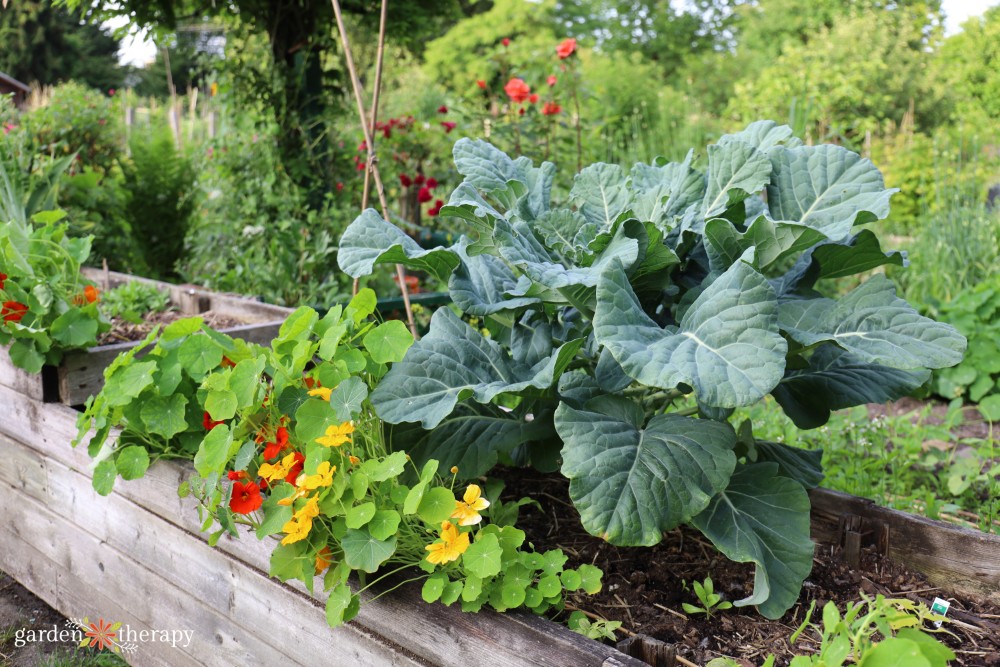

Final Thoughts: How To Start A Garden from Scratch
Now that you can see how easy and budget-friendly it is to start your own garden with a seed starting mix, can you just picture your dream garden coming to life? All you need is a soil base piece of land, $25, and the motivation to grow your own harvest!
If you are looking for some ideas on how to design your garden and take it to the next level, check out these ideas:
A city girl who learned to garden and it changed everything. Author, artist, Master Gardener. Better living through plants.


